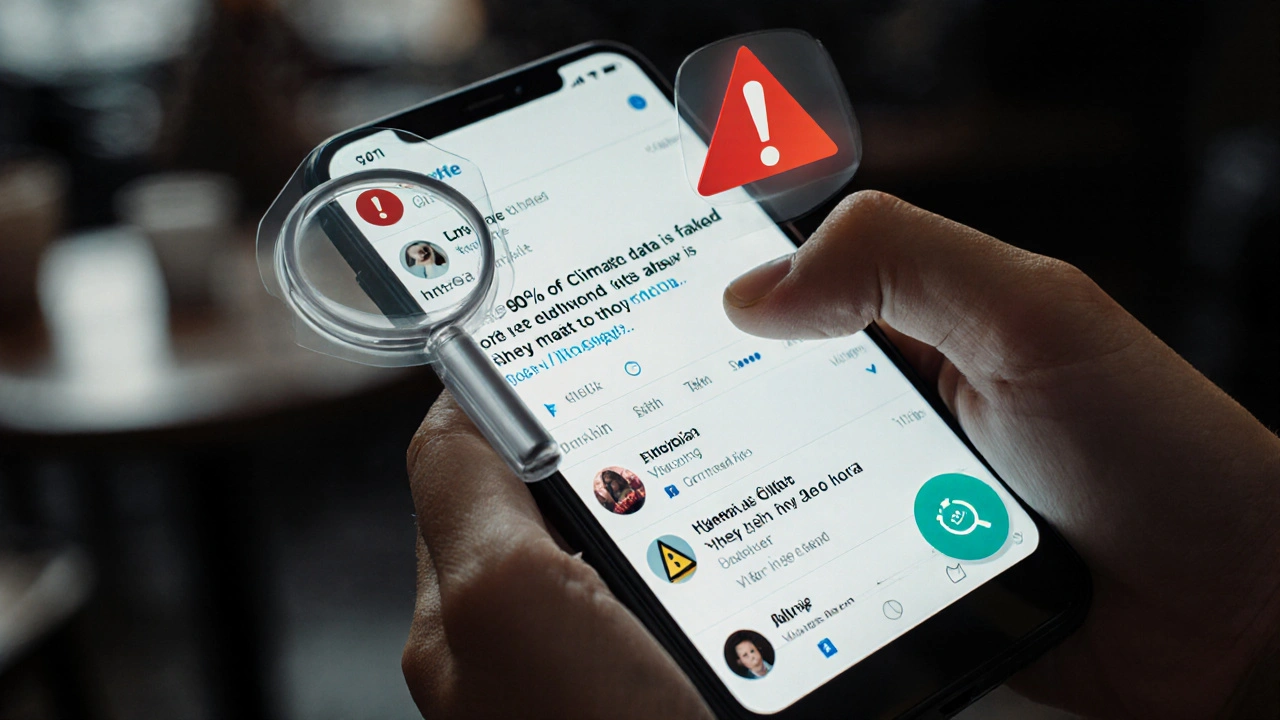Misinformation in Marketing: How to Spot, Stop, and Recover
Misinformation spreads fast on social platforms and can ruin trust, conversions, and brand reputation. Marketers using AI tools, social posts, or even quick stats can accidentally share false info. This page gives straight, usable steps to spot bad info, avoid sharing it, and fix things if it slips through.
Spotting misinformation fast
First, check the source. If a headline links to a site you’ve never heard of, pause. Reliable outlets publish names, author bios, and clear sourcing. Second, verify the claim with at least two independent sources—don’t rely on a single post that’s gone viral. Third, watch for manipulated media: reversed images, out-of-context clips, or AI-generated text that sounds overly confident but lacks detail. Finally, question numbers and polls. If a stat sounds extreme, trace it back to the original study or dataset before using it in ads, emails, or reports.
Example: a viral tweet claims “80% of users prefer X.” Before quoting it in a campaign, find the survey, check sample size and who ran it. If you can’t find that, don’t use the number.
Preventing misinformation in your content
Make verification part of your workflow. Add a quick checklist: source name, link to original, date, and any methodology notes for stats. Train copywriters and freelancers to run this checklist before publishing. When you use AI tools like ChatGPT, treat outputs as drafts—not facts. Prompt the tool to cite sources and then confirm those sources manually. For images and videos, use reverse image search and check metadata when possible.
Label opinion and sponsored content clearly. Audiences forgive mistakes more easily when you’re transparent. Also, keep an internal corrections policy: who approves a retraction, how updates are logged, and where corrections appear on the site.
Use monitoring tools to catch issues early. Set alerts for your brand name plus words like “scam,” “fake,” or “misleading.” Quick detection cuts damage: a prompt correction can prevent a story from escalating.
If misinformation comes from third parties—an influencer or partner—ask them to remove or correct the post and require proof. If they refuse, publish your own transparent correction and explain the steps you took to verify the facts.
When correcting public mistakes, be specific. Say what was wrong, what the facts are, and how you’ll avoid the same error. Avoid vague apologies; people value clarity and action over empty statements.
Finally, invest in basic media literacy across your team. A short monthly training on spotting deepfakes, checking sources, and responsible AI use reduces risk far more than occasional crisis firefighting.
Misinformation is a risk, but it’s manageable. With clear checks, honest corrections, and smart use of AI, you protect your brand and keep your audience’s trust.


